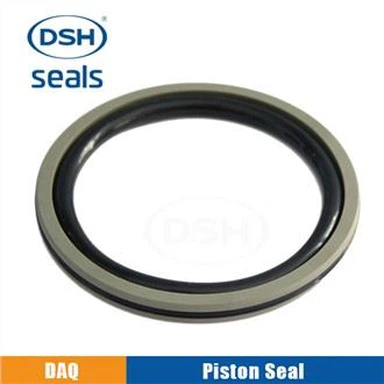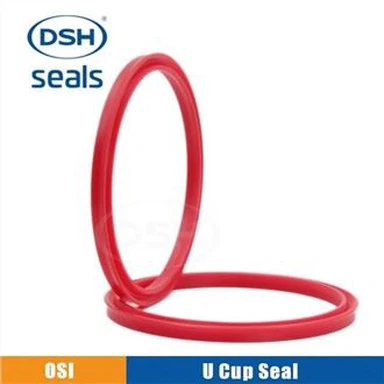Composition structure of TC skeleton oil seal
Aug 27, 2021
The skeleton oil seal is a typical representative of the oil seal. Generally speaking, the oil seal refers to the skeleton oil seal. The role of the oil seal is generally to isolate the parts that need to be lubricated in the transmission components from the external environment, so as not to allow the lubricating oil to leak. It is widely used in gasoline engine crankshafts, diesel engine crankshafts, gearboxes, differentials, shock absorbers, engines, axles and other parts.
The skeleton oil seal structure is composed of three parts: the oil seal body, the reinforced skeleton and the self-tightening coil spring. The sealing body is divided into bottom, waist, cutting edge and sealing lip according to different parts.
To design an oil seal, you need to know the key data such as the shaft diameter, the inner diameter of the mounting hole, and the depth of the assembly shell, and then from: oil seal height design, outer diameter design, oil seal lip design, frame outer diameter hanging glue thickness Design, secondary lip design, eccentric value design, waist design, skeleton design, oil line direction design, spring groove diameter design;
The sealing principle of the oil seal is due to the existence of an oil film controlled by the edge of the oil seal between the oil seal and the shaft, which has fluid lubrication characteristics. Under the action of the surface tension of the liquid, the rigidity of the oil film just makes the contact end of the oil film and the air form a crescent surface, which prevents the leakage of the working medium.







